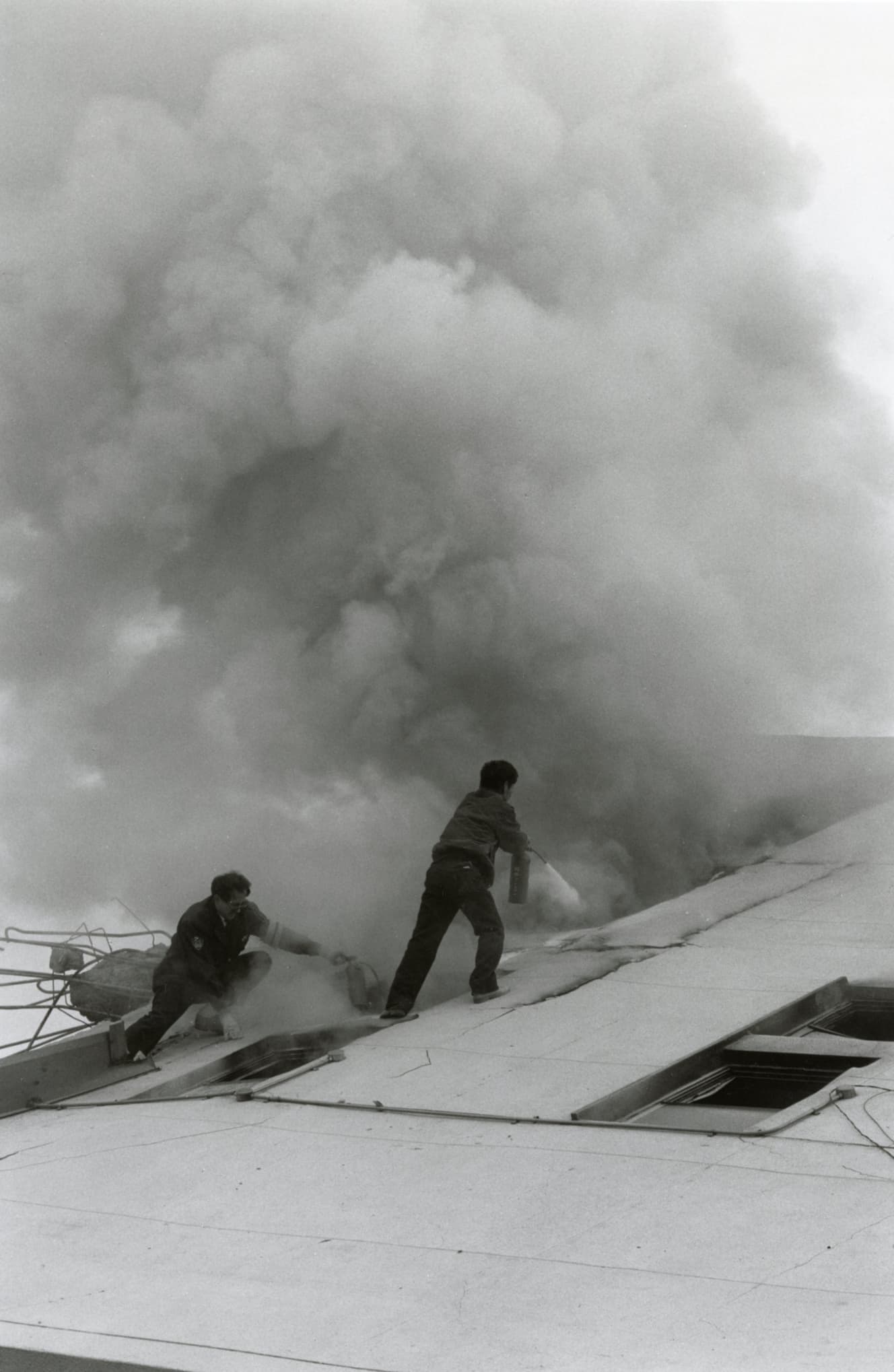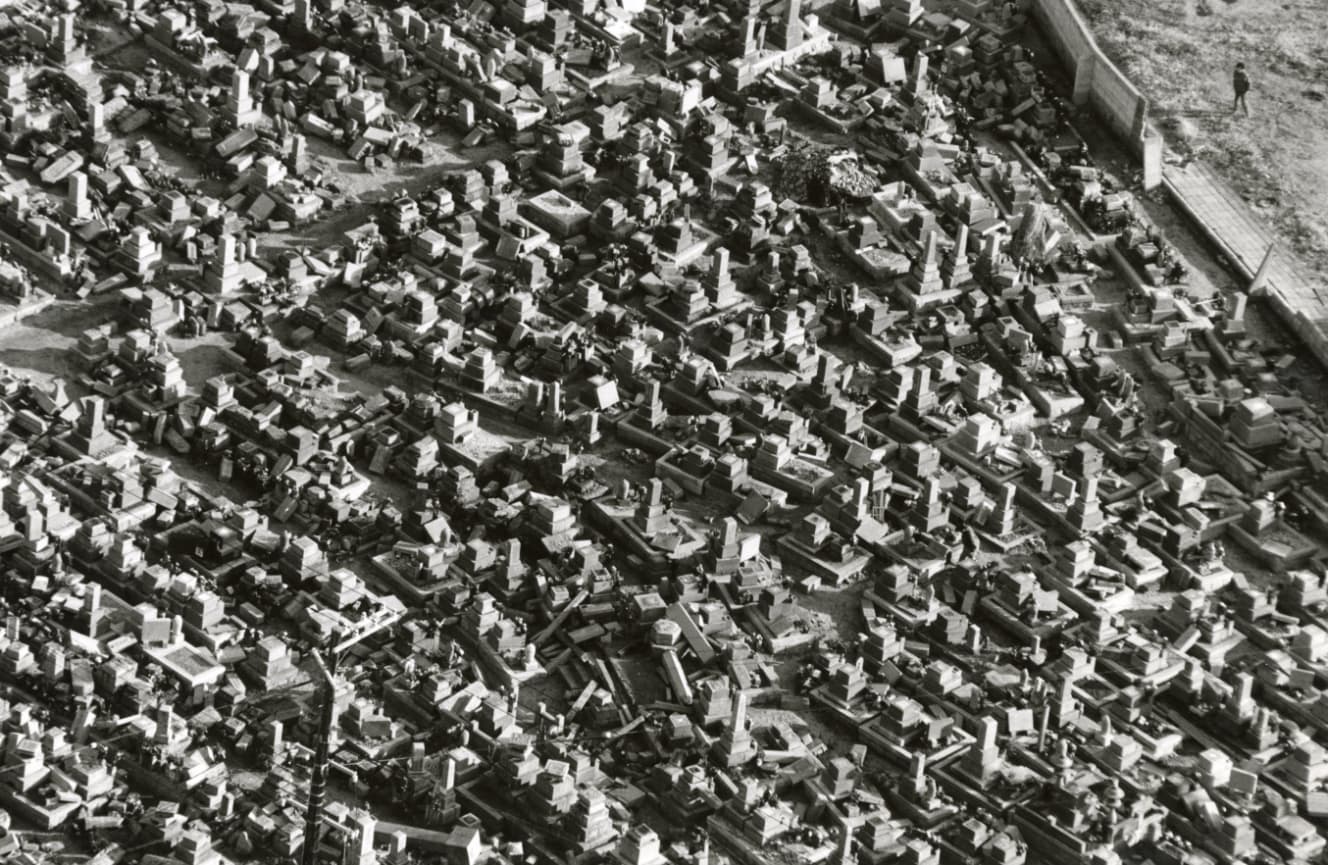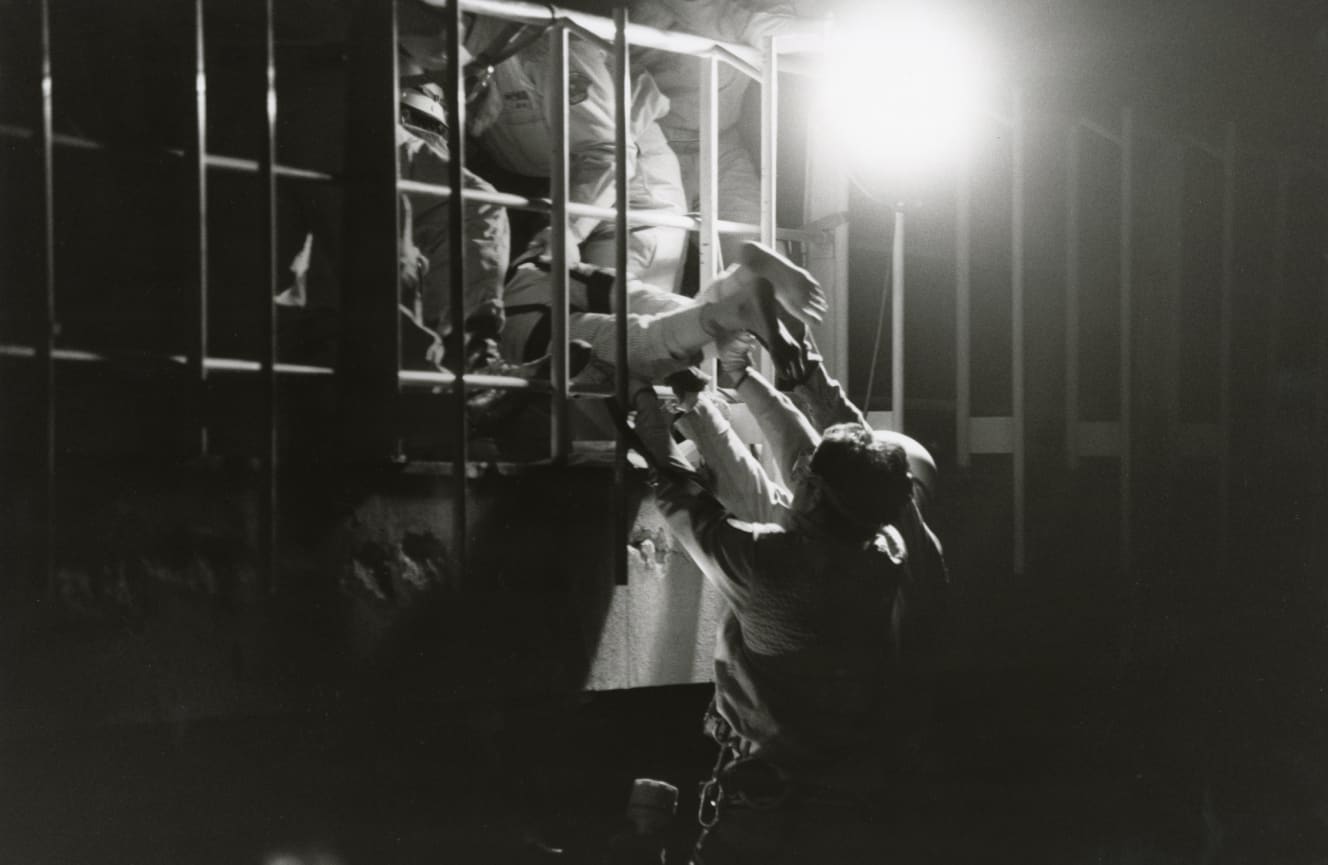The Great Hanshin-Awaji Earthquake: Firsthand Scenes of an Unprecedented Disaster
The Great Hanshin-Awaji Earthquake (1)
What was FRIDAY reporting 10 years ago, 20 years ago, or 30 years ago? In [Playback Friday], we look back at the topics that were making headlines at the time. This time, we revisit the February 3, 1995 issue, “Comprehensive Report! The Tremors of the Massive Earthquake That Devastated Kobe,” which reported on the Great Hanshin-Awaji Earthquake that occurred 30 years ago on January 17, and the February 7 special issue, “Emergency Special Edition: Kansai Earthquake (*).”
(*The name “Great Hanshin-Awaji Earthquake” was decided by the Cabinet on February 14, 1995.)
At 5:46 a.m. on January 17, 1995, a magnitude 7.3 inland earthquake struck a wide area of the Kinki region, centered in Kobe City, Hyogo Prefecture. It resulted in 6,434 deaths, 43,792 injuries, and the complete destruction of over 100,000 homes. At its peak, over 310,000 residents were displaced, making these numbers the worst since World War II at the time. The article features a harrowing on-site report by our magazine’s reporters and photographers, who arrived at the scene immediately after the earthquake (“quotes from the original article appear in brackets”).
Buildings collapsed like falling blocks.
When photographer M, who had sustained a wound on his forehead while at his home in Nishinomiya City during the earthquake, went to a nearby hospital for treatment, the area was overflowing with injured people. Many had blood streaming from their heads or were limping as they walked.
“The roof over the hospital entrance had completely collapsed and shattered into pieces. Inside, the scene was devastating, with several sheets of newspaper spread out across the floor. A fish tank in the lobby had broken, leaving the floor soaked with water. As I moved further in, injured people were everywhere. A man with his arm bandaged and hanging from his neck, someone with gauze and bandages covering a head wound, and another person lying in bed, covered in bandages, crying out in pain. More than half of the people had not yet been treated. There were far too few nurses for the number of patients.”
A colorless town that looks as if it were covered in ashes
In Ashiya City, reporter Y witnessed the sight of a residential area near the station where most of the wooden houses had collapsed. The first floors were crushed, leaving only the second floors precariously resting on top.
“Every 30 minutes or so, there was an aftershock that jolted from below, making the surrounding buildings creak and rustle. I was on edge, fearing that the tilted apartments might collapse.
In the parking lot of an apartment building, there were people gathered around a fire made in a kerosene can. They were bundled up in as many clothes as they could wear, yet still looked cold, huddled with their backs hunched. ‘There was a body here just a moment ago,’ one of them said, pointing nearby. ‘The firefighters pulled them out from the rubble, but it was too late,’ he spoke in a restrained voice.”
In Nagata Ward, Kobe City, photographer I, who was filming the disaster scene from a helicopter, described the scene as follows:
“From the helicopter, the city of Kobe looked colorless, as if it had been covered in volcanic ash. The smell of burnt gas lingered even in the air above. From above Sannomiya, buildings appeared to have fallen or tilted, as if they were toppled blocks. In Nagata Ward, fires were breaking out everywhere. From above, I could see people taking refuge in a schoolyard, but the flames were closing in on the schoolyard itself.”
“Please take a picture of my son.”
At 1 a.m. on the 18th, photographer K was at the fire scene in the same Nagata Ward.
“A firefighter engaged in the firefighting efforts said, ‘We’ve been fighting the fire since morning. Just when it seems like we’re about to put it out, the water stops, and it reignites. Now, we’re at our wit’s end,’ he said with a frustrated look. There were far too few fire engines for the size of the blaze, and only a limited amount of water was available. The surroundings were pitch dark, with only the flames illuminating the city. In the end, the area burned until there was nothing left to fuel the fire, reducing 50 hectares to a scorched wasteland.”
In Higashinada Ward, Kobe City, photographer N arrived from Osaka on an off-road bike just before noon on the 17th.
“At a row of four wooden mortar-built houses, all the residents had been buried alive. Many of these bunka houses were built right after the war, and they couldn’t withstand the massive earthquake. With the efforts of more than ten people, they finally rescued an elderly man who lived in the far-left room. As I pointed my camera at the scene, an elderly woman whispered in my ear, ‘Please take a picture of my son.’ I asked her to repeat herself. She pointed to the adjacent room, where the elderly man had just been rescued from, and said,
‘My only son is dead in that room. He was never in any books or anything like that. Please, I beg you. Take his picture.’
She repeated this calmly, with a serene expression.”
Just a few dozen meters from where rescuers were desperately trying to save people trapped under the rubble, a line of people about 100 meters long had formed outside a convenience store, waiting to buy food. At the scene of this great disaster, the harsh reality was that death and life coexisted in the same space.
Safety Myths Shattered by “Unexpected” Earthquake
A modern city with a population of 1.5 million was struck by a devastating earthquake, and the sight of collapsed buildings, highways, and railways shocked the world. Until then, warnings had been focused on the trench-type earthquakes caused by plate shifts, particularly in the Kanto and Tokai regions. However, there was little mention of inland earthquakes caused by active fault slippage, like the one that hit Hanshin-Awaji. For the people in the Kansai region, where earthquakes were rare, it was an unimaginable disaster.
Many of the victims were crushed to death by collapsing buildings. At that time, there were still numerous wooden buildings that predated the 1981 building standards, and they collapsed under the violent shaking. It is believed that 90% of the victims died shortly after the earthquake struck.
One of the major factors contributing to the disaster was the large number of old wooden houses with tile roofs. The Hanshin-Awaji Earthquake highlighted the importance of earthquake-resistant buildings, leading to a reevaluation of building safety and renovation efforts, particularly for public facilities. Nationwide reinforcement projects were also implemented, especially for highway and railway pylons. Just one year earlier, during the Northridge earthquake in Los Angeles, California, highways had collapsed, but many believed that Japan’s highways were safe. This safety myth was shattered.











PHOTO: Naoki Kamidate (1st, 11th), Eiji Ikeda (2nd, 7th, 10th), Hiroshi Shibachi (3rd, 6th, 8th), Yutaka Asai (4th, 5th), Jun Mayumi (9th), Shinya Inui (12th)
